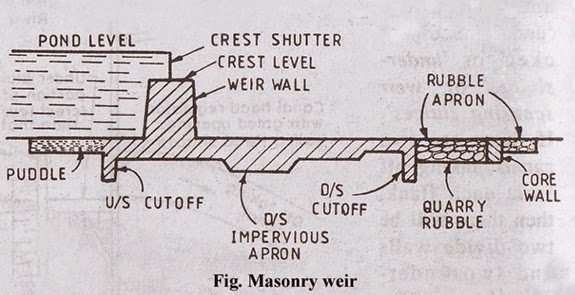Types of photo grammetry
Types of photo grammetry
Photographic survey is a method of surveying in which the plans or maps are made from photographs taken in appropriate stations or camera is the science of making measurements from photographs.Types of Photogrammetry:
Photogrammetry can be divided into two classes.
Terrestrial Photogrammetery
Aerial Photogrammetry.
an
PHOTOGRAPHS BY AIR:
There are two ways to take aerial photographs.
vertical
oblique
Verticals are taken with the camera axis pointing vertically downwards. These photographs can produce more accurate maps as the scale of variation n the box is smaller and no area remains hidden. However, the details in photography can not be easily identified as the view offered is unfamiliar to the eyes.
Oblique occur to give a camera inclined up to 30 to the dir on. Oblique photographs are classified as
high oblique
oblique low
HIGH OBLIQUE:
When the image is tilted horizon in the image.
OBLIQUE FLOOR:
When the horizon is not seen and the camera tilted axis 30. They provided information enemy territory without crossing the border. Features can be easily recognized as they provide familiar sights for the eyes. But some, such as buildings, hills, etc. scale variation is large and therefore the preparation of maps being cumbersome and costly. With multiple cameras vertical lens and up to six oblique can be taken on a display. Vertical photographs are the main mode of oblique photgrammetry work rarely used for mapping or implementing measures, but are advantageous in interpretive work and for reconnaissance.
TERMINOLOGY:
The terminology used in photography air geometry is explained with reference given to FIG.
1: PERSPECTIVE CENTRE:
Rays form of PTC on the ground passing through 'or' known as a center of perspective.
2: POINT PLUMB:
The vertical line passing through the optical center of the lens crosses the floor and the image plane in V and v respectively referred to as the plumb point pumpkin and photography.
3: HIGHLIGHTS:
The perpendicular to the picture plane through the optical center of the lens to the ground and the picture on p and p resp suits, referred to as the main points of land and photography.
The main point of 'p' in photography is at the intersection of the lines connecting the fiducially brands.
4: ISO-CENTER:
Bisecting the angle b / t the line connecting the pivot point and the main points of entry to the ground plane and the image under "I" and "me" rasp called as iso-center. Point Ii one V and v are called homologous points.
5: Main level:
The main line through vyp when the product meets the ground plane in M. vertical plane through these points intersects the ground along the main ground line through v p. centers I iso-yl are also aligned in the vertical plane
The vertical plane containing O, V, P and P is called principal plane, the intersection with the line giving negative plane pv principal.
GROUND CONTROL:
To produce an accurate map of aerial photography, it is absolutely necessary for the control of established land. Is the location of the positions of a number pts. All over the area to be surveyed det levels. These control points short be such that it can be easily identified in photographs.
The horizontal control is established by fatigue or traverse. The vertical control is established through the use of "aneroid barometers' or '' altimeters
APPLICATIONS OF ,:
The practical uses of aerial photography are limitless. Some of the application are listed below.
The planning and agent man developed roots and economic planning both maps based on the survey of air and photograph of the individual are used.
adequacy of roads and railway alignments can be studied both traffic flow in an economy of construction.
Forest and geology using both maps and aerial photography for the study of the nature of the areas and the changes taking place.
can be based on the survey of air suitable time intervals.
Aerial observation provides means of mapping large areas undeveloped world.
For engineering projects and large-scale redevelopment, recognition can take in great shape extending aerial photography.
Survey to access due to earthquake damage, diseases crops can be estimated quickly aerial photography.
Effects of pollution are industrial wastes on land and water can be studied.


Comments
Post a Comment